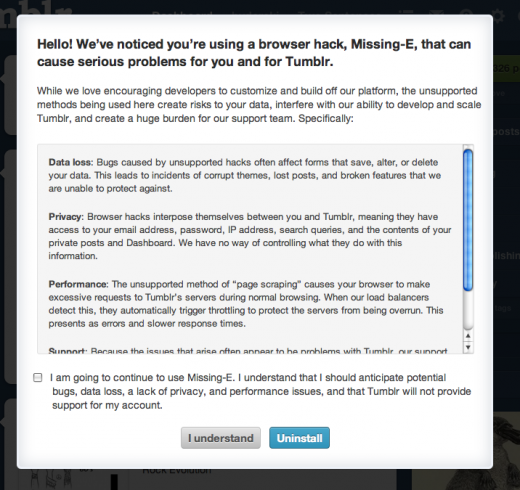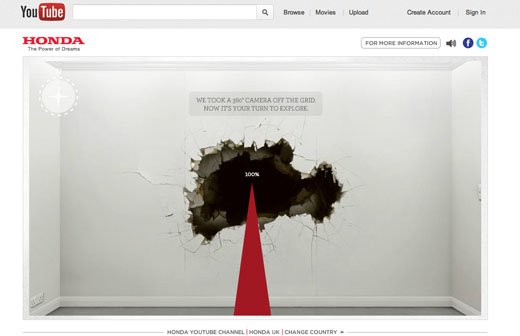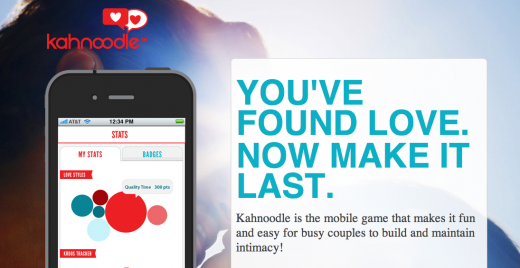
The holidays for most people who read this site involve answering a cornucopia of tech support questions for their relatives. Honestly, I’ve watched friends field the most frustrating 45 minute IT department-level questions during holiday time with the family, which inevitably devolves into more of those types of conversations in between, “Pass the gravy.”
These conversations will only increase in frequency as the average consumer wakes up to smartphones and the app economy. According to Flurry, nearly a quarter of a billion app downloads this year occurred on December 24th and again this Christmas Day, more than 2x any other day thus far, ever.
If you’re building an app or another kind of tech service you better pay attention, as increasingly many of your users will be what investor Chris Dixon and others refer to as “Normals.” Or what I like to call, dumb people. JUST KIDDING.
So who are these “Normals”? Well the Normals are a group of people who don’t check into Foursquare, use Square or upload photos to Instagram, until they do. The Normals are more likely to know what Pinterest is than Quora. The Normals had no idea that ‘Angry Birds’ was a phenomenon when they downloaded it because it was a featured app in the App Store (true story). To Normals the name Michael Arrington rings absolutely no bell.
Sometimes you almost even envy them.
And sometimes they’re as annoying as all hell. Arguing for the 20th time with your Dad about the superiority of an iPhone versus a Blackberry is not fun — Neither is getting into an email race at the Thanksgiving dinner table, and winning like you knew you would. Okay, maybe that is fun.
So what are you supposed to do if you’re a techie faced with trying understand how a Normal would view a product? Well first of all pay attention: Normals above all care more about problem solving than acquiring the newest fanciest thing. And if you’re designing products for them, you should be painfully aware of that.
As a public service announcement I asked Quora, a product that is still fumbling around in the Normals department, how product designers gather insight into handling a Normal user’s needs versus a techie’s.
Techies are “driven by writing their blog post and voicing their opinions or by staying ahead of the curve,” answered Quora product designer Rebekah Cox, “Normal people don’t have those artificial needs which fuel a drive to discover something new for the purpose of discovering something new. They have actual problems to solve.”
Cox reveals the flaws in the ways that techies adapt their products for Normals with two different examples, one of a sample thought process that leads a techie into thinking they know what a Normal person wants [1] and then, what a Normal actually wants (versus what a techie thinks they want) at [2]:
[1] “There’s so much work involved in managing all my Twitter accounts, there should be a tool to manage that and Facebook and YouTube and my RSS feeds all in one place.”
[2] “My home theater isn’t great, but I’m not sure what I need to make it better. Tom has Blu-ray and is happy with it. Can your site help me with that?”
In the first case [1], the early adopter is extrapolating that a normal person would have the same problem that they do but at a lower frequency, based on the (wrong) assumption that normal people just have less complex versions of the problems held by techies (lots of RSS feeds). In fact normal people just don’t have unmanageable quantities of social accounts and most likely don’t even know what RSS is. All they care about is that their home theatre is up to snuff [2].
“I would advise that you orient your UI around the job to be done — around the problem — and not the person,” says 37Signals product manager Ryan Singer echoing Clayton Christensen. The issue with this argument is that many problems have much narrower use cases than a given product designer could aim for, for example, Cox’s [1] above. And hitting the widest use case possible is a sweet spot that is essentially the holy grail of technology — as it basically means traction.
YouTube product manager Hunter Walk holds that the differences between scaling big and scaling small are subtle yet super important especially considering the nuances of user interface design. He uses his experience with Google an example …
“The notion of using certain keywords such as adding ‘weather’ to a location query in order to display a forecast on the results page (eg New York City weather) was something us geeks did early on and many normals learned to do over time.
On the other hand, search operators (such as using an * as a wildcard) are totally geeky and will never cross over to normals who don’t need a command line language for Google. Instead operators are aimed at power users who when they are especially satisfied with a service are more likely to generally recommend it to normals.”
It’s sort of tricky. In order to figure out how to entice Normals to use their products, many technology entrepreneurs have to serve as “aimchair technology anthropologists.” Normal adoption can mean the difference between success or failure, 10 million downloads versus 100k.
Startups like Wolfram Alpha and Friendfeed have learned hard way that you can’t ignore Normals just because you’re really smart. You can be a tech industry darling like Foursquare, Quora or even Google+ and be completely blindsided by something like Pinterest — which got way more press coverage in mainstream (and female focused) media before it ever really resonated with the tech press. Pinterest has an approachable personality and it’s easy to use. Learn from it guys.
Techies can’t see the forest for the trees, and Normals can only see the forest. The solution may lie in applying that metaphor to a famous Oscar Wilde quote, “We’re all in the forest, but some of us are reaching for the trees.” Or maybe remembering that you once were (and in some ways are still) a Normal, even if you’re now a techie.
Image: Via





 Animal lovers will also be able to track every minute of the first few months of the young family’s lives via the live broadcast, filmed in a bear reservation in the Swedish town of Orsa. Viewers are also being given the chance to enter a competition to name the cubs and guess the date and time the family will leave their underground den.
Animal lovers will also be able to track every minute of the first few months of the young family’s lives via the live broadcast, filmed in a bear reservation in the Swedish town of Orsa. Viewers are also being given the chance to enter a competition to name the cubs and guess the date and time the family will leave their underground den.








 Besides having the best name ever, Kahnoodle is a mobile game that makes it fun and easy for busy couples to build and maintain intimacy. The app allows you to become more aware of how well you’re satisfying each others’ core relationship needs, while gamifying the entire process. You can give your partner “kudos” for doing things you love, set goals and then win badges and discounts on date nights for succeeding.
Besides having the best name ever, Kahnoodle is a mobile game that makes it fun and easy for busy couples to build and maintain intimacy. The app allows you to become more aware of how well you’re satisfying each others’ core relationship needs, while gamifying the entire process. You can give your partner “kudos” for doing things you love, set goals and then win badges and discounts on date nights for succeeding.